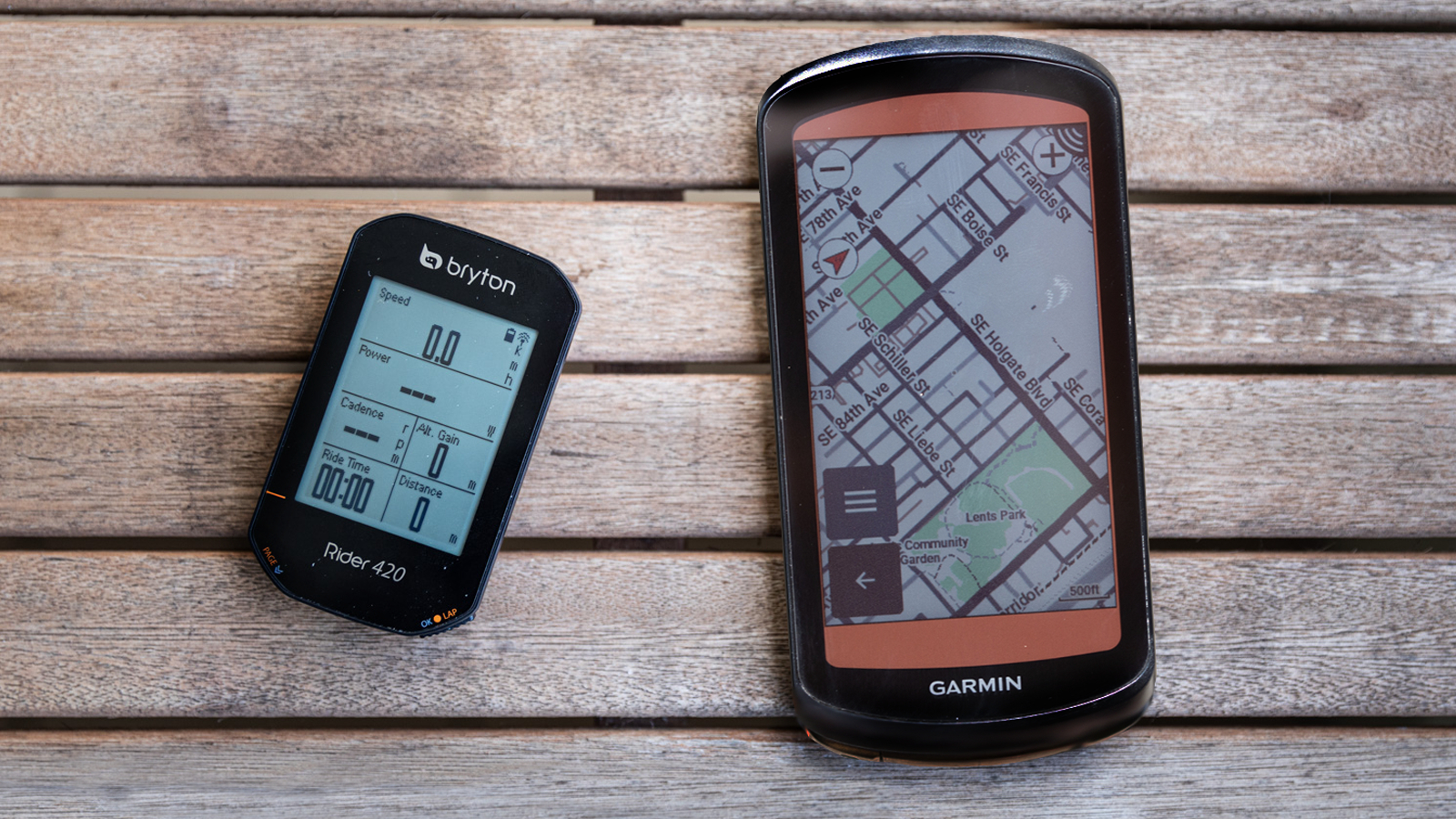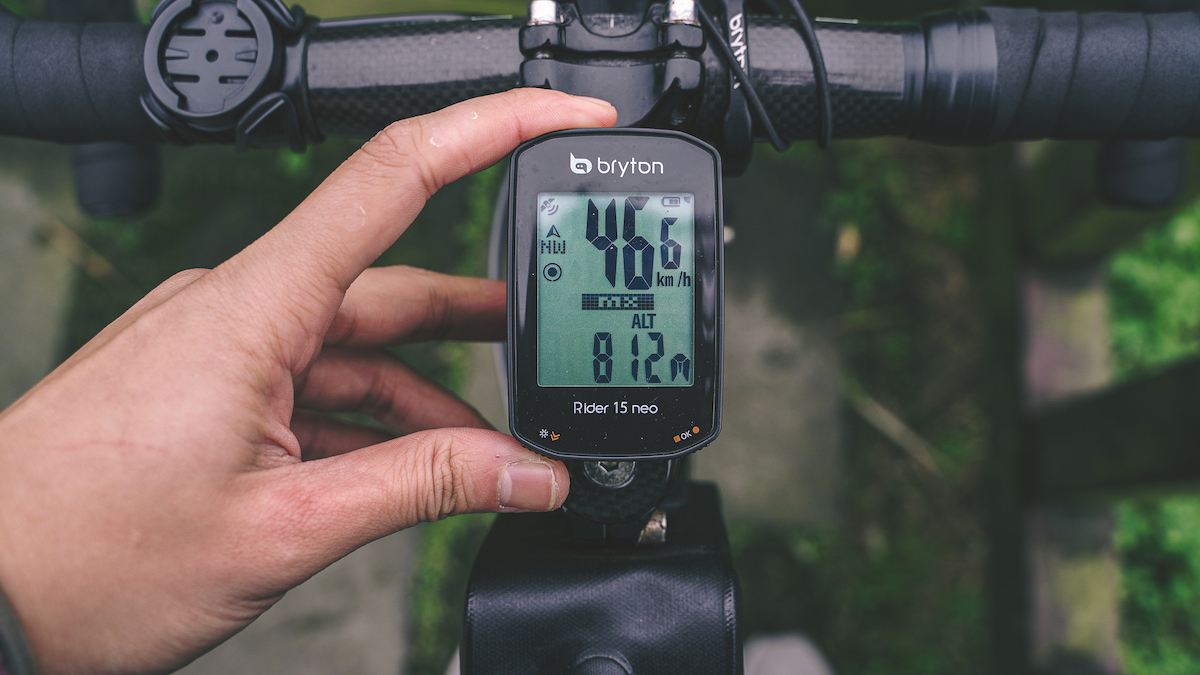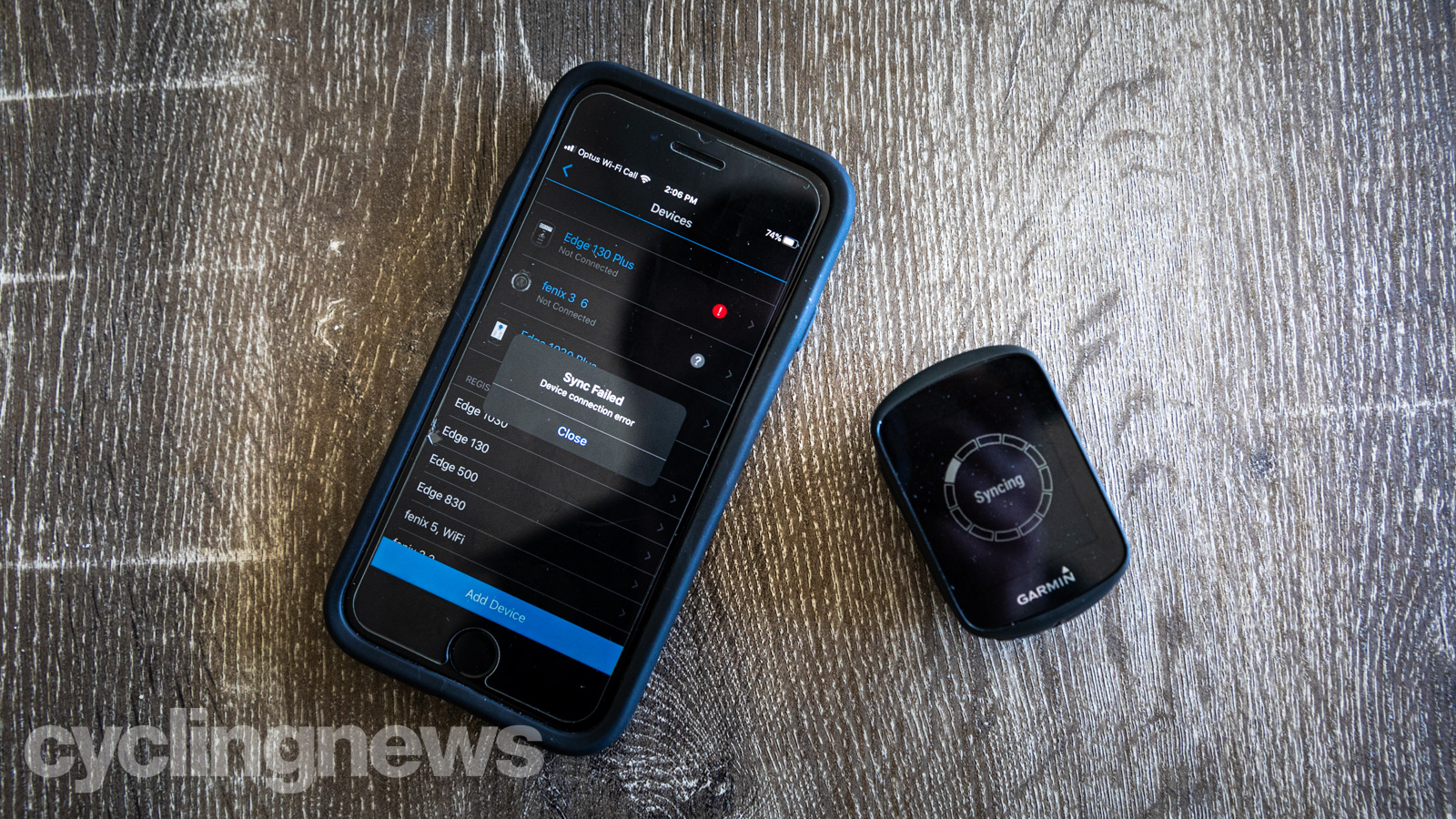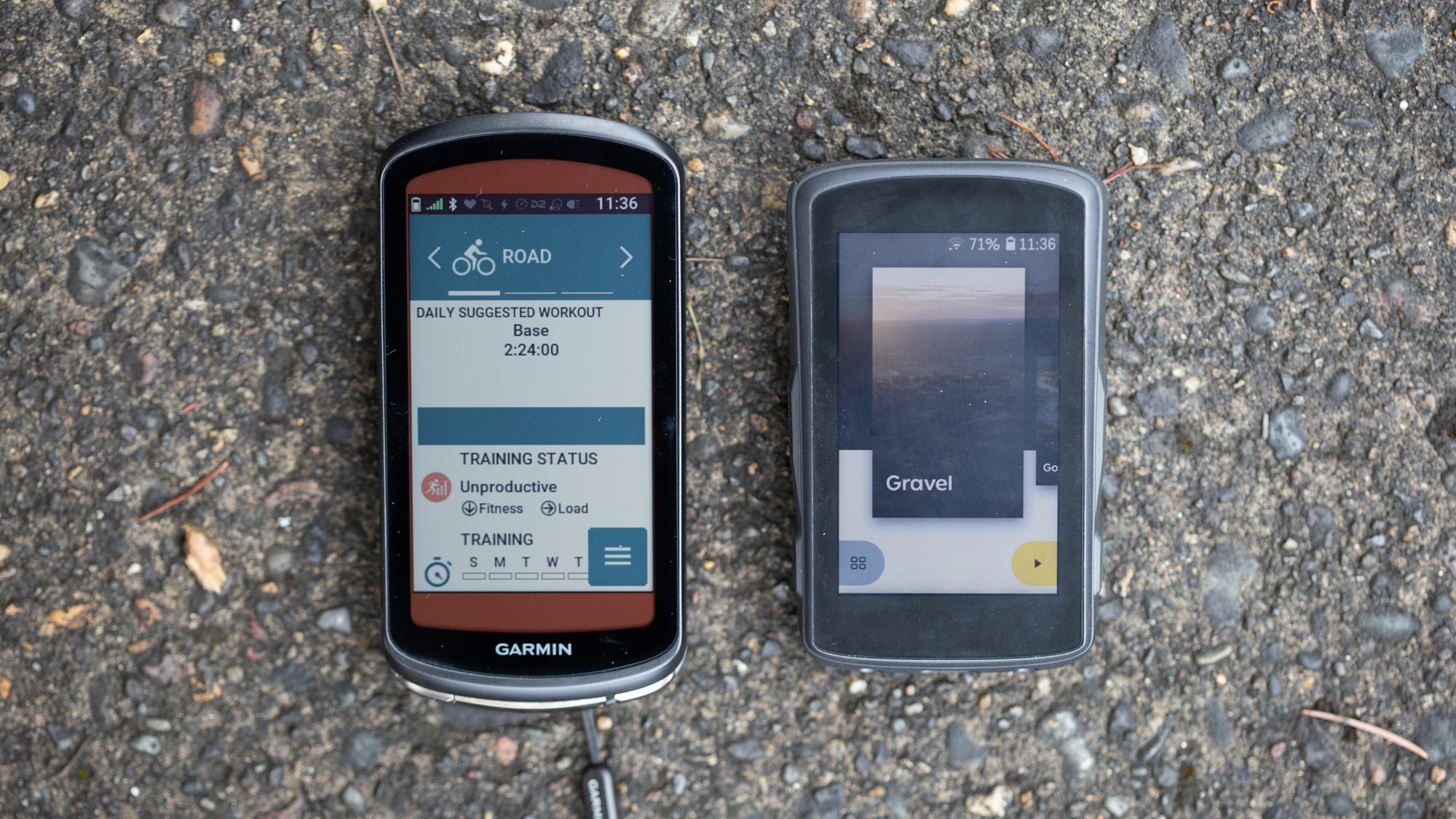Cheap vs expensive bike computer: What are the differences?
In the market for a bike computer? Find out what you can expect for your money

Bike computers range from cheap devices that can display critical stats like speed, distance and time, to GPS-enabled navigation tools with smartphone-like features and connectivity. So whether you want to know how many kilometres you’ve racked up or to dive into the stats behind your ride, there will be a product for you.
With such a variance in available specs, it's perhaps unsurprising that the price difference between the best budget cycling computers and their premium counterparts is quite high. Cheap options start at around £15 / $20, while the very best cycling computers can fetch up to £650 / $750, and even more when you factor in the sensors and mounts that help to extract their full potential.
It's safe to say, then, that there's a lot of variation when you compare cheap vs expensive bike computers, but there is also a lot of middle ground; computers that offer more features than a cheap computer, but not as many as the most premium options. The skill in buying the right cycling computer for your needs is to balance what features you need against what you're willing to spend.
To that end, we've taken a look at the entire market to give you an idea of what you can expect at each price point, so you can choose the right one without paying for features you'll never use.
Budget bike computers
Want to know how fast you’re going, how far you’ve come, and other important metrics like average speed or trip distance? A simple bike computer could be all you need. These devices use a fork-mounted sensor to count the revolutions of a magnet attached to one of your spokes.
The cheapest options will use a wire to transmit this data from your fork to the computer mounted on your bars, but you don't need to spend much to find a computer that will transmit this data wirelessly to avoid cables and zip ties messing up the aesthetic of your bike. Data is then interpreted and displayed live as you ride while accumulating in the device for later review. In general, these self-contained devices won’t connect to your phone or a computer, so any data will remain locked inside. Of course, depending on your level of interest, this might not be a problem.
Typically running on coin-cell batteries, you’ll get months (if not years) of use before you need to replace these. Our favourite examples of the genre include the ridiculously cheap B’Twin 120 Wireless Cyclometer (rrp £14.99) and the slick-looking Cateye Quick wireless cycling computer (rrp £44.99).
Get The Leadout Newsletter
The latest race content, interviews, features, reviews and expert buying guides, direct to your inbox!

Bit-better-than-budget bike computers
As budget bike computers are so good, you’ll need an equally good reason to spend more. This could be that you want to upload your data onto a computer or ride tracking website, or you want particular insight into other metrics like your heart rate or cadence. Another key reason is to capture GPS data; computers capable of doing this will connect to a range of satellites to locate you anywhere on the globe.
Capturing a trace of your movements as you ride, this can then be uploaded and stored online, allowing you to relive your journeys or investigate how you performed over a particular terrain. As they know how fast you’re travelling, they can also work without additional sensors, making them a neat option, especially for transferring between multiple bikes. With numerous functions and data screens, it’s not unusual to find computers capable of wirelessly connecting to your phone.
A good example is the Bluetooth-enabled Bryton Rider 15E Neo (rrp £64.99). Another good option is the Lezyne Macro Easy (rrp £80). A second feature of both these computers is their ability to capture and display data from sensors like heart rate monitors or power meters.

Mid-range bike computers
At this level, you’ll be looking for a drastically increased set of features, better design, and increased connectivity. Depending on your proclivities, you can either pursue something with lots of sporty features or plump for something that will help you navigate. If you’re very lucky, you may get both.
Let’s look at sports first. If you’re a keen cyclist, getting insight into how your body works as you ride is vital. To help with this, you’ve probably collected various sensors, such as accurate speed or cadence sensors, a strap-on heart rate monitor, or a power meter. Getting all these to talk to it via ANT+ or Bluetooth is something a mid-range bike computer should manage easily. It should also be able to shoot any data via your phone and straight onto your favoured ride tracking app. On the road, you should expect a bright and clear display with lots of customisable data fields.
For navigation, many devices in this price range will allow you to load a GPX file. This will give you a breadcrumb-like route to follow. Less common at this level is for your route to be displayed on an internal base map. One of the cheapest we’ve found that’s capable of doing so is the Mio Cyclo 210 (rrp £165). However, it lacks sporting features and can’t connect to any sensors. If this is something you want, the Garmin Edge 130 Plus (rrp £169.99) is a better bet. Although its navigation is basic, it’s nevertheless very clear and easy to follow.

Top-of-the-range bike computers
Wave around big money, and you’ll find three big players trying to take it off you. These are Garmin, Hammerhead, and Wahoo. All of their top-end computers do similar things, from allowing you to upload a route from your phone to then follow on the device to informing you of the profile of upcoming hills as you’re riding. With beautifully readable maps and turn-by-turn directions, they’ll be no excuse for getting lost, whichever you choose. Fitness nerds can also dive into multiple data streams while connecting massive arrays of sensors.
While explaining the difference between each brand and its products would take thousands of words, we’ll attempt a broad-brush analysis of each. Garmin has a wide range of products that are feature-rich if pricy compared to their rivals and with occasionally annoying interfaces. Wahoo makes a couple of products which are very simple to use and set up, but lacks a touchscreen and a really big, clear-map device. Hammerhead makes a single phenomenal product that’s smartphone-like in its operation and looks immaculate, but its battery will last about half as long as the others.
For racers, our pick of Garmin’s range would be the Edge 830 (rrp £349.99), while those after maximum navigational features will appreciate the Edge 1030 Plus (rrp £519.99). Wahoo’s latest Elemnt Bolt (£264.99) essentially made its Roam model obsolete, and so is hard to look beyond if you can live with the small screen. Hammerhead produces just a single and genuinely excellent model, the Karoo 2 (£359), but if you're planning on riding (or being away from a power source) for more than 10 hours at a time, it won't last the distance. If you want something that does everything well, with an immensely clear screen, in depth maps, all the fitness tracking bells and whistles and a battery that could feasibly never need a power source, try the Garmin Edge 1040 Solar (£629.99).